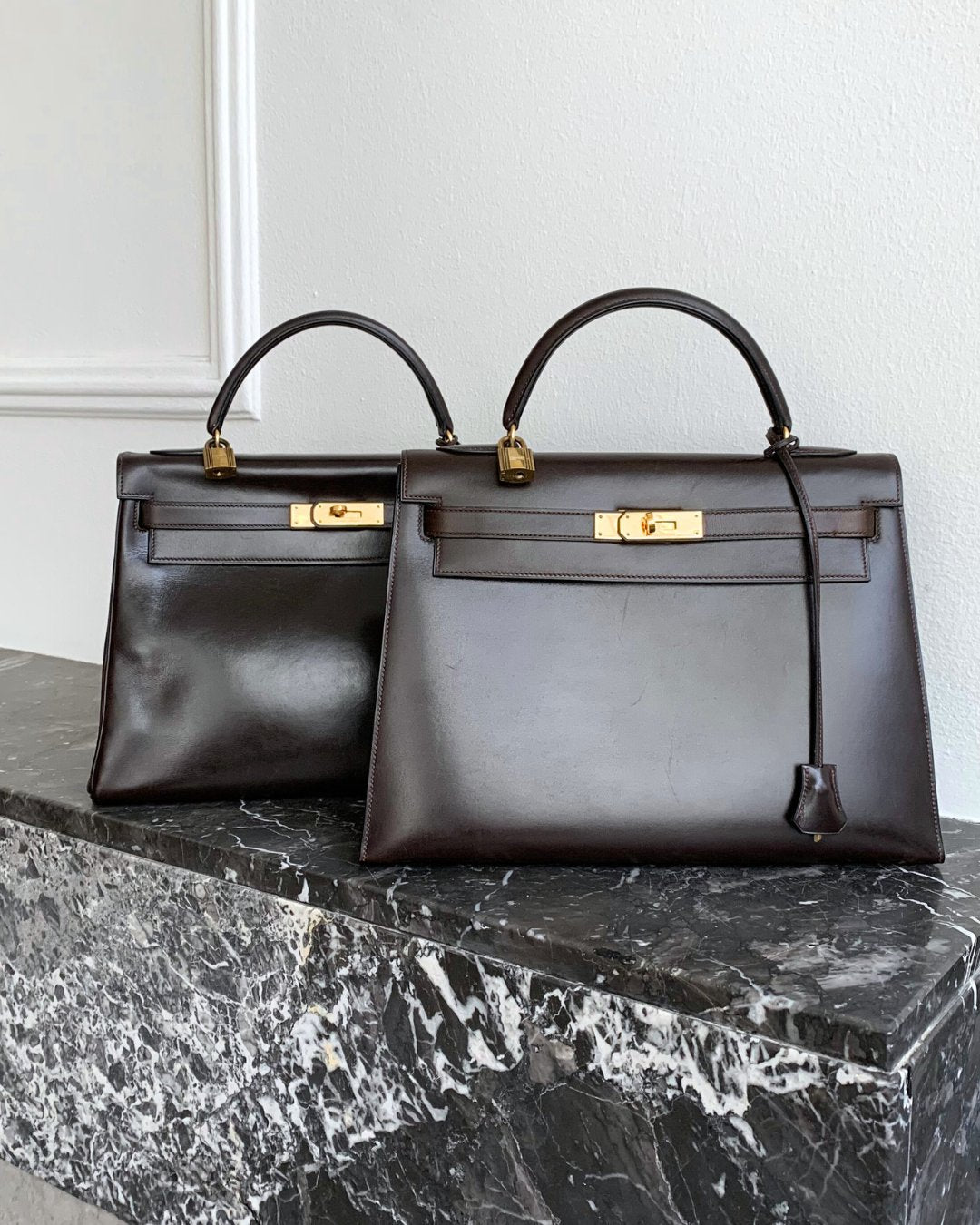Photo : Pinterest
Rising production costs
Photo : Pinterest
Inflation
purchasing power falls, and brand's production costs also rise. As a result, brands may be forced to raise prices to maintain profitability and cover additional expenses.
Research and development
Brand image and positioning
Some brands seek to position themselves in the market as premium or high-end products. In this case, they may raise their prices to reinforce their brand image and create a perception of added value. Consumers may be willing to pay a higher price for products or services associated with a reputation for quality.
Demand exceeds supply
If demand for a product exceeds available supply, brands may raise their prices to balance this situation. This can happen when a product is very popular, or when there is a shortage of raw materials. Raising prices can help regulate demand and avoid long-term availability problems.
What's more, brands are harmonizing their global pricing strategy, which is well known in the luxury goods industry as ''pricing power''
This consists in raising prices in times of economic downturn or crisis. The aim is to increase margins to compensate for falling sales volumes.
Brands resort to price increases for a variety of reasons, from rising production costs to the need to finance research and development. Inflation, brand image and excess demand can also be factors influencing brand's pricing decisions. As consumers, it's important to understand these dynamics and assess whether products or services justify the prices charged.
Purseblog.com









